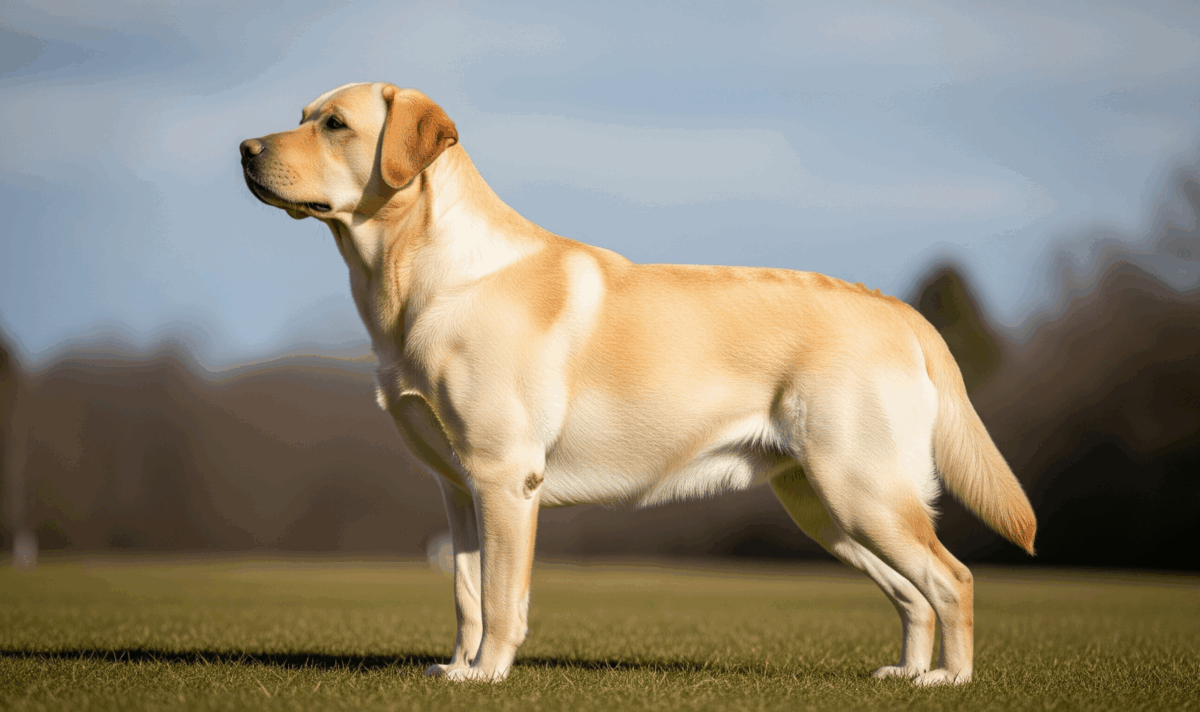
Check out our latest products
Ligament injuries are among the most common orthopedic problems in dogs, affecting their ability to run, jump, and play. Understanding these injuries can help you recognize the signs early and seek proper treatment.
What Are Ligaments?
Ligaments are tough bands of tissue that connect bones to other bones, providing stability to joints. Think of them as strong rubber bands that keep your dog’s joints working properly. When these ligaments become damaged, your dog’s joint stability is compromised, leading to pain and mobility problems.
Common Types of Ligament Injuries
The most frequent ligament injury in dogs affects the cruciate ligament in the knee (called the stifle). This injury is similar to an ACL tear in humans. The cranial cruciate ligament is injured more often than the caudal one. Unfortunately, if one knee is affected, there’s a higher chance the other knee may also develop problems later.
Other ligament injuries can occur throughout your dog’s body, including the hips, ankles, and other joints. These injuries often happen alongside damage to other structures like the meniscus (cartilage cushions in joints).
Recognizing the Signs
Watch for these warning signs that may indicate a ligament injury:
- Limping or favoring one leg
- Reluctance to move, jump, or climb stairs
- Swelling around a joint
- Heat or warmth in the joint area
- Stiffness, especially after rest
- Pain when the area is touched
- Decreased activity level
Some dogs may show subtle signs initially, like a shorter stride or slight lameness that comes and goes. Border Collies and other active breeds seem to be at higher risk, possibly due to their high activity levels.
What Causes Ligament Injuries?
Several factors can contribute to ligament injuries:
- Sudden trauma from jumping, falling, or quick direction changes
- Gradual wear and tear from repetitive activities
- Age-related degeneration as ligaments weaken over time
- Breed predisposition in certain dog types
- Weight and body condition affecting joint stress
Interestingly, some research suggests that early spaying or neutering might influence the risk of cruciate ligament injuries, though this is still being studied.
Getting a Diagnosis
If you suspect your dog has a ligament injury, your veterinarian will perform a thorough examination. They’ll manipulate your dog’s joints to check for abnormal movement or pain responses.
Regular X-rays don’t show ligaments well, but they can reveal other problems. For detailed ligament evaluation, your vet might recommend advanced imaging like ultrasound, CT scans, or MRI. These tests are more expensive but provide excellent information about soft tissue injuries.
Treatment Options
Treatment varies depending on the severity and location of the injury. Options may include:
- Rest and restricted activity to allow healing
- Physical therapy and rehabilitation exercises
- Pain management with appropriate medications
- Surgery for severe tears or unstable joints
- Alternative therapies like laser treatment or acupuncture
Recovery can take anywhere from 4-12 weeks or longer, depending on the injury. Following your veterinarian’s rehabilitation plan exactly is crucial for the best outcome.
Prevention Tips
While not all ligament injuries can be prevented, you can reduce your dog’s risk:
- Maintain a healthy weight to reduce joint stress
- Provide regular, moderate exercise to keep muscles strong
- Always warm up before intense activity
- Avoid repetitive high-impact activities on hard surfaces
- Consider age-appropriate exercise modifications for older dogs
The Bottom Line
Ligament injuries are serious but treatable conditions. Early recognition and proper veterinary care can significantly improve your dog’s recovery and quality of life. If you notice any signs of lameness or joint problems, don’t wait – contact your veterinarian promptly.
Remember, every dog is different, and what works for one may not work for another. Your veterinarian is your best resource for developing an appropriate treatment plan tailored to your dog’s specific needs and lifestyle.
Post Views: 1,310
Animal Wellness is North America’s top natural health and lifestyle magazine for dogs and cats, with a readership of over one million every year. AW features articles by some of the most renowned experts in the pet industry, with topics ranging from diet and health related issues, to articles on training, fitness and emotional well being.


![[PETHROOM] Cat Nail Clipper Trimmer for Indoor Cats with Circular Cut Hole (2mm) | Premium Sturdy Stainless Steel Blade Cat Claw | Safe, Easy, Accurate, Quiet & Fast | Avoid Overcutting](https://m.media-amazon.com/images/I/6156hi88deL._AC_SL1298_.jpg)
![[PETHROOM] Professional Eye Comb for Pets | Stainless Steel Tear Stain Remover for Cats & Dogs | Gentle Round-Head Grooming Tool | Compact & Portable for Eye Gunk Removal](https://m.media-amazon.com/images/I/71+W758uwXL._SL1500_.jpg)
![[petora] BRUSH ON ME Gentle Facial & Eye Comb for Dogs & Cats | Smooth & Stress-Free Tear Stain Remover | Fine-Tooth Grooming Tool with Rounded Tips | Comfortable Grip for Daily Pet Grooming](https://m.media-amazon.com/images/I/81hzVmjgV1L._SL1500_.jpg)









